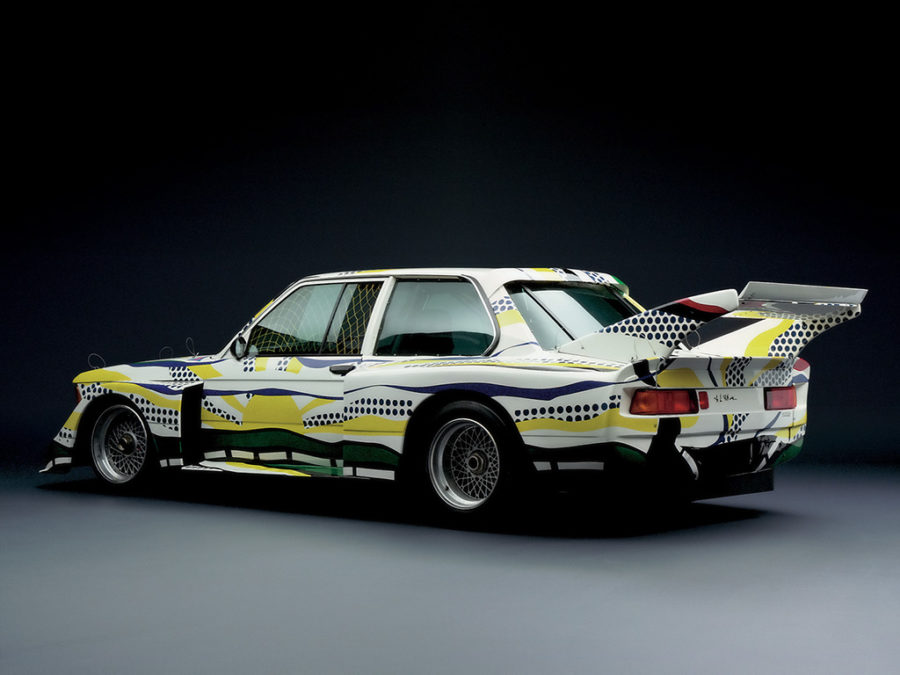1977 BMW 320i Group 5 Race Version
Car three by Roy Lichtenstein is one of the most popular of all the Art Cars; the BMW 320 Group 5. The artist had this to say on the fruit of his labors:
“I invested as much thought and effort as possible. The painted lines symbolize the road the car has to follow and the artwork also portrays the surroundings through which the car is being driven.”
— Roy Lichtenstein
Undeniably! The result of these efforts is a harmonious combination of the aerodynamics in the bodywork with the aesthetics of his art; after all it is one of the fastest moving pieces of art the world has ever seen. Lichtenstein’s famous comic strip style is reflected in the paintwork.
Gallery
Click any image below for larger view
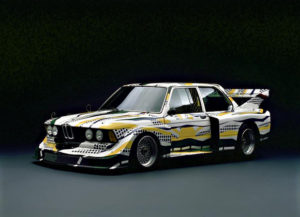
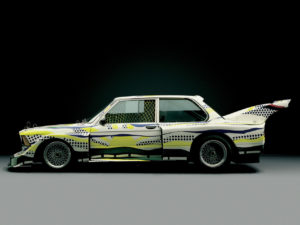
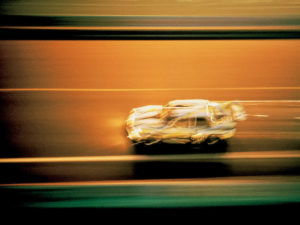
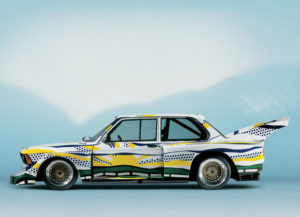
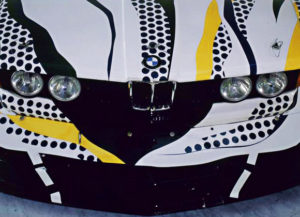
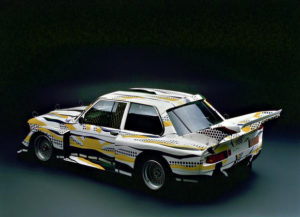
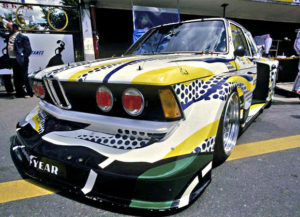
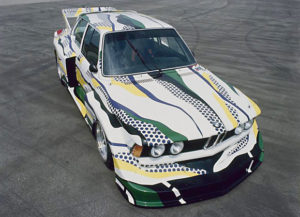
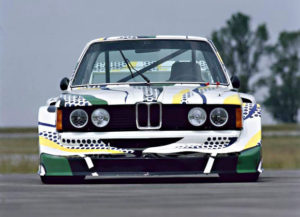
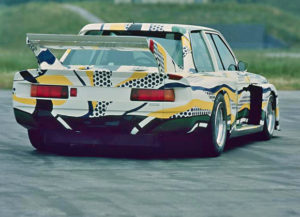
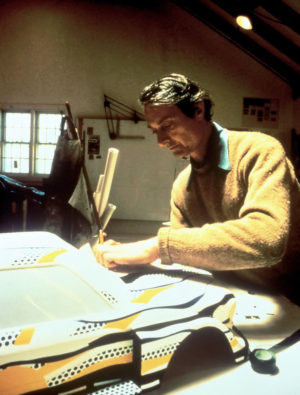
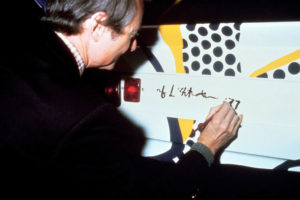
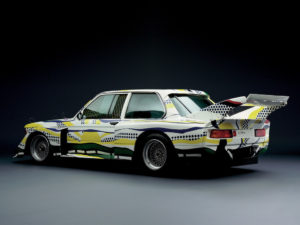
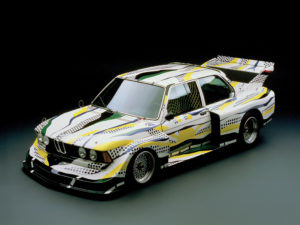
Roy Lichtenstein | USA
Born in New York in 1923, Roy Lichtenstein is generally regarded as the father of American pop art. In the years prior to 1938 he painted portraits of jazz musicians. After this, he attended courses held by the “Art Student League,” then went on to study art in Ohio.
His subsequent work straddled cubism and expressionism. In the late 1950s, Lichtenstein began dealing with trivial culture such as comics and advertisements. His first pop art pictures appeared in 1961, their monumentalization of the banal heralding a completely new style of art.
Following his caricatures of the “American Way of Life,” experiments with well-known works of art and various sculptures and films, the Museum of Modern Art in New York held a comprehensive retrospective of Lichtenstein’s work in 1987. He died in New York in 1997.
1977 BMW 320i Group 5 Race Version
- 4-cylinder inline engine
- Turbocharged
- 4 valves per cylinder
- Twin overhead camshafts
- Displacement: 2,000 cc
- Power output: 300 bhp
- Top speed: 257 km/h
Roy Lichtenstein and the BMW Art Car
Roy Lichtenstein can still remember vividly how he produced the design for his racing car – a BMW 320i – back in 1977:
“I wanted to use painted lines as a road, pointing the way for the car. The design also shows the scenery as it passes by. Even the sky and sunlight are to be seen … you could list all the things a car experiences – the only difference is that this car mirrors all these things even before it takes to the road.”
— Roy Lichtenstein
Taking a closer look, the car’s design casts a picture of passing scenery in which both the car and its movement are one single entity. And although Lichtenstein’s comic art was already a thing of the past by then, his BMW Art Car is clearly influence by it: the long-drawn colored strips act as “speedlines” – a feature used in comics to suggest speed. Even the oversized dots used by Lichtenstein, the “Benday Dots,” are reminiscent of his famous comic book pictures.
The harmony achieved between predetermined aerodynamic features and free composition is pure Lichtenstein. It is an expression of his artistic credo: art must be an element of everyday life – its themes and inspiration must come from the lives of ordinary people.
After its completion, Roy Lichtenstein’s BMW Art Car celebrated not one, but two premieres: as a work of art at the Centre Pompidou in Paris, and as a racing car in the Le Mans 24-Hour Race. It was driven by the Frenchmen Herve Poulain and Marcel Mignot. The car finished 9th overall and first in its class.
